Spacers/protospacers In a bacterial genome, CRISPR loci contain "spacers" (viral DNA inserted into a CRISPR locus) that in type II adaptive immune systems were created from invading viral or plasmid DNA (called "protospacers") Upon subsequent invasion, a CRISPRassociated nuclease such as Cas9 attaches to a tracrRNA–crRNA complex, which guides Cas9 to the invadingCRISPRDT (CRISPR DNA Targeting) is a web application to help biologists design optimal gRNAs for the CRISPRCpf1 system CRISPRDT is essentially composed of many interfaces and a backend pipeline Maximum number of mismatches and gaps in seed region tolerated by off targets The seed region stands for 6 nucleotides in the 5' PAMRecently, Wessels et al showed that the seed region (15–21 nucleotides) in gRNA is critical for CRISPR/Cas13d activity A single mismatch in the seed region led to diminished activity, and two or three mismatches led to severe reduction in Cas13d activity in this study
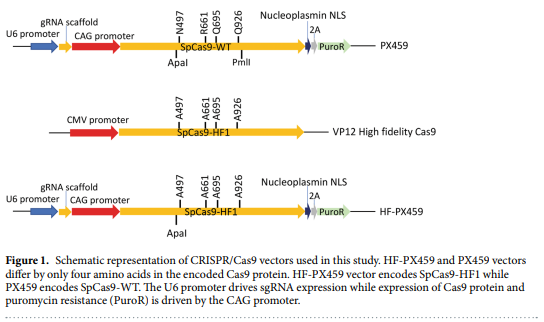
High Fidelity Crispr Cas9 Increases Precise Monoallelic And Biallelic Editing Events In Primordial Germ Cells Engormix
Crispr seed region
Crispr seed region-Canonical AAG PAM and 5 to 10 nt matching the seed region of a crRNA from the CRISPRI array (spacers 1, 3, 4, and 8) (Fig 2B; In addition, despite the high specificity of the CRISPRCas9 system, offtarget mutations can occur at sites that have sequence similarity to the target site 24,25,26, especially when there are no mismatches in the PAMproximal 8–12 nucleotide 'seed region' of the guide sequence 27,28,29,30 Such offtarget sites may be present in non




High Fidelity Crispr Cas9 Increases Precise Monoallelic And Biallelic Editing Events In Primordial Germ Cells Engormix
The clustered regularly interspaced short palindromic repeat (CRISPR)/CRISPRassociated nuclease 9 (Cas9) genome editing technology provides such a tool, enabling revolutionary advances in both arenas of plant biology CRISPR/Cas systems are bacterial adaptable immune systems against foreign DNA sources such as bacteriophages or plasmids ( Wiedenheft et al 12 ) CRISPRCas12a (formerly Cpf1) is an RNAguided endonuclease with distinct features that have expanded genome editing capabilities Cas12amediated genome editing is temperature sensitive in plants, but a lack of a comprehensive understanding on Cas12a temperature sensitivity in plant cells has hampered effective application of Cas12a nucleases inSeed oils are used as edible oils and increasingly also for industrial applications Although higholeic seed oil is preferred for industrial use, most seed oil is high in polyunsaturated fatty acids (PUFAs) and low in monounsaturated fatty acids (MUFAs) such as oleic acid Oil from Camelina, an emerging oilseed crop with a high seed oil content and resistance to environmental stress,
The CRISPR–Cas14a (Cas12f) system requires full complementarity in the seed region of sgRNA, a feature considered for achieving single nucleotide specificity We show that nucleotide preference in protospacer adjacent motif (PAM) proximal region, GC content in the PAM proximal seed region, intact RAR and 3 rd stem loop structures, and free accessibility of nucleotides in seed and tracrRNA regions of sgRNAs are important determinants associated with their high ontarget cleavage efficacy Thus, our study describesClustered regularly interspaced short palindromic repeat (CRISPR) loci encode an adaptive immune system of prokaryotes Within these loci, sequences intercalated between repeats known as "spacers" specify the targets of CRISPR immunity
The CRISPRCas system is widely found in bacterial and archaeal genomes as a defense mechanism against invading viruses and plasmids 1–6 The type II CRISPRCas system from Streptococcus pyogenes relies on only one protein, the nuclease Cas9, and two noncoding RNAs, crRNA and tracrRNA, to target DNA These two noncoding RNAs can further be fused into oneThe seed region is located in the center of the crRNAtarget duplex, where is more sensitive to mismatches than the nonseed region (Abudayyeh et al, 16) Single mismatch can be fully tolerated by C2c2, but if double mismatches are located in the seed region, C2c2 is unable to cleave the singlestrand RNA (Abudayyeh et al, 16) C2c2 canThe protospacer adjacent motif (or PAM for short) is a short DNA sequence (usually 26 base pairs in length) that follows the DNA region targeted for cleavage by the CRISPR system, such as CRISPRCas9 The PAM is required for a Cas nuclease to cut and is generally found 34 nucleotides downstream from the cut site
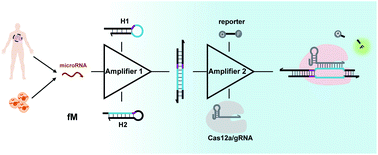



Integrating Crispr Cas12a With A Dna Circuit As A Generic Sensing Platform For Amplified Detection Of Microrna Chemical Science Rsc Publishing




Cas9 Mechanism Crispr Cas9
For widely utilized CRISPRCas9, SpCas9, the seed region includes 10 PAMproximal bases (position 1–10, Figure 1B) The nucleotides in the seed region are recognized by Cas9 protein via the arginine residues in the bridge helix and the REC1 domains within the REC lobeCRISPR/Cas9 has become one of the most promising techniques for genome editing in plants and works very well in poplars with an Agrobacteriummediated transformation system We selected twelve genes, including SOC1, FUL, and their paralogous genes, four NFPlike genes and TOZ19 for three different research topics The gRNAs were designed for editing, and, together with aCRISPR is a remarkably flexible tool for genome manipulation, since Cas enzymes bind target DNA independently of their ability to cleave target DNA Specifically, both RuvC and HNH nuclease domains can be rendered inactive by point mutations (D10A and H840A in SpCas9), resulting in a nuclease dead Cas9 (dCas9) molecule that cannot cleave target DNA




Schematic Illustration Of The Crispr Cas9 System Structure And The Download Scientific Diagram




Target Site Design And Crispr Cas9 Vector Construction A Schematic Download Scientific Diagram
The clustered regularly interspaced short palindromic repeat (CRISPR)/CRISPR associated protein (Cas) system, an adaptive immune system found in many archaea and bacteria, has recently emerged Seed Region The specificity found within the mechanisms of the CRISPR system can be both a boon and a bane Thanks to things like the PAM sequence, CRISPRCas9 has found itself as a useful tool to accurately target desired gene sequences at an unparalleled level The clustered regularly interspaced short palindromic repeat (CRISPR)associated enzyme Cas9 is an RNAguided nuclease that has been widely adapted for genome editing in eukaryotic cells However, the in vivo target specificity of Cas9 is poorly understood and most studies rely on in silico predictions to define the potential offtarget editing spectrum Using




Synthetic Crispr Rna Cas9 Guided Genome Editing In Human Cells Pnas




Off Target Genome Editing Wikipedia
The popularity of CRISPR is largely due to its simplicity As shown in Figure 1, the CRISPRCas system relies on two main components a guide RNA (gRNA) and CRISPRassociated (Cas) nuclease The guide RNA is a specific RNA sequence that recognizes the target DNA region of interest and directs the Cas nuclease there for editingCific DNA binding A common feature of CRISPRCas systems and other RNAdirected enzymes is that the targeting RNA includes a ''seed'' region The seed region, which, for CRISPRCas enzymes, is a subset of nucleotides within the crRNA that base pairs with PAMproximal nucleotides, is highly sensitiveCRISPRCas9 technology against noncoding regions, consideration of these regions is of immense importance while orchestrating the models GC content in PAM proximal seed region, intact RAR and 3rd stem loop secondary structures, and free accessibility of nucleotides in seed region and tracrRNA Maliketal



Plos One Efficient Crispr Cas9 Mediated Gene Editing In Arabidopsis Thaliana And Inheritance Of Modified Genes In The T2 And T3 Generations




Grna Validation For Wheat Genome Editing With The Crispr Cas9 System Bmc Biotechnology Full Text
Using thousands of guide RNAs with 1, 2 or 3 singleletter mismatches to their target RNA, they identified a critical "seed" region that is exquisitely sensitive to PAM and seed region of type II and VI CRISPRCas systems for RNA targeting A PAM and seed region of Cas9 The spacer in type II systems is usually nt in length, and the seed region for DNA targeting by SpCas9 usually spans 812 nucleotides proximal to PAM the role of a socalled seed sequence of RNA nucleotides within the spacer region of crRNAs that is particularly important for target specificity (, 103) In type II
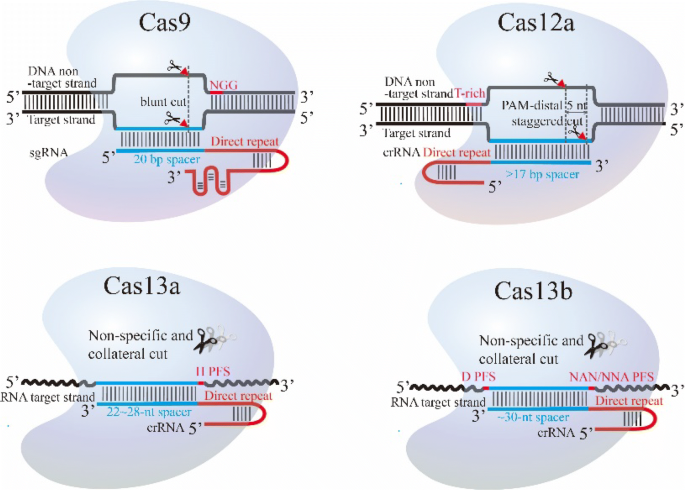



Class 2 Crispr Cas An Expanding Biotechnology Toolbox For And Beyond Genome Editing Cell Bioscience Full Text




Figure 3 From Crispr Interference Crispri For Sequence Specific Control Of Gene Expression Semantic Scholar
Abstract Target binding by CRISPRCas ribonucleoprotein effectors is initiated by the recognition of doublestranded PAM motifs by the Cas protein moiety followed by destabilization, localized melting, and interrogation of the target by the guide part of CRISPR RNA moiety The latter process depends on seed sequences, parts of the target that must be strictly complementary to CRISPRCRISPRCas9 is quickly revolutionizing the way we approach gene therapy CRISPRCas9 is a complexed, twocomponent system using a short guide RNA (gRNA) sequence to direct the Cas9 endonuclease to the target site Modifying the gRNA independent of the Cas9 protein confers ease and flexibility to improve the CRISPRCas9 system as a genomeediting tool gRNAs have been Mutations in the seed region abolish CRISPR/Cas mediated immunity by reducing the binding affinity of the crRNAguided Cascade complex to protospacer DNA We propose that the crRNA seed sequence plays a role in the initial scanning of invader DNA for a match, before base pairing of the fulllength spacer occurs, which may enhance the




Addgene Crispr Guide




Crispr Cas9 Abm Inc
Note that the guide RNA in Cas9 is an RNA duplex involving crRNA and transactivating CRISPR RNA ( tracrRNA ), whereas Cpf1 uses a single crRNA Upon sufficient complementarity in the seed region ( red ), Cpf1 and Cas9 nucleases will make two singlestranded cuts ( blue triangles) resulting in a doublestranded break The spacer segment, which is complementary to the target DNA, contains a seed region with eight nucleotides length Seed region flanks at the initial part of the spacer and plays a notable role in the target specificity of CRISPR–Cpf1 system (Fig 3) Thus, the CRISPR target was designed in the seed sequence of mature miRNA Tilapia miRNA125 was selected as the target to examine whether mutation could be induced in the seed region using CRISPR/Cas9 gRNA containing restriction enzyme Mse I was designed in the seed sequence of miRNA125 Coinjection of gRNA and Cas9 mRNA led to indels formation in




5 Key Steps To Successful Crispri Technology Networks




High Fidelity Crispr Cas9 Increases Precise Monoallelic And Biallelic Editing Events In Primordial Germ Cells Engormix
Technology and to investigate the function of a specific miRNA, we used CRISPR/Cas9 to deplete human miR93 from a cluster by targeting its 5' region in HeLa cells Various small indels were induced in the targeted region containing the Drosha processing site and seed sequences Interestingly, we found that even a single nucleotide deletion Mutations in the seed region abolish CRISPR/Cas mediated immunity by reducing the binding affinity of the crRNAguided Cascade complex to protospacer DNA We propose that the crRNA seed sequence plays a role in the initial scanning of invader DNA for a match, before base pairing of the fulllength spacer occurs, which may enhance the protospacer locating efficiency Using thousands of guide RNAs with 1, 2 or 3 singleletter mismatches to their target RNA, they identified a critical "seed" region that is exquisitely sensitive to mismatches between the CRISPR guide and the target This discovery will aid scientists in designing guide RNAs to avoid offtarget activity on unintended target RNAs



Www Asktheeu Org En Request 7766 Response Attach 23 06 at 17 rnai based techniques accelerated breeding and crispr cas Pdf Cookie Passthrough 1
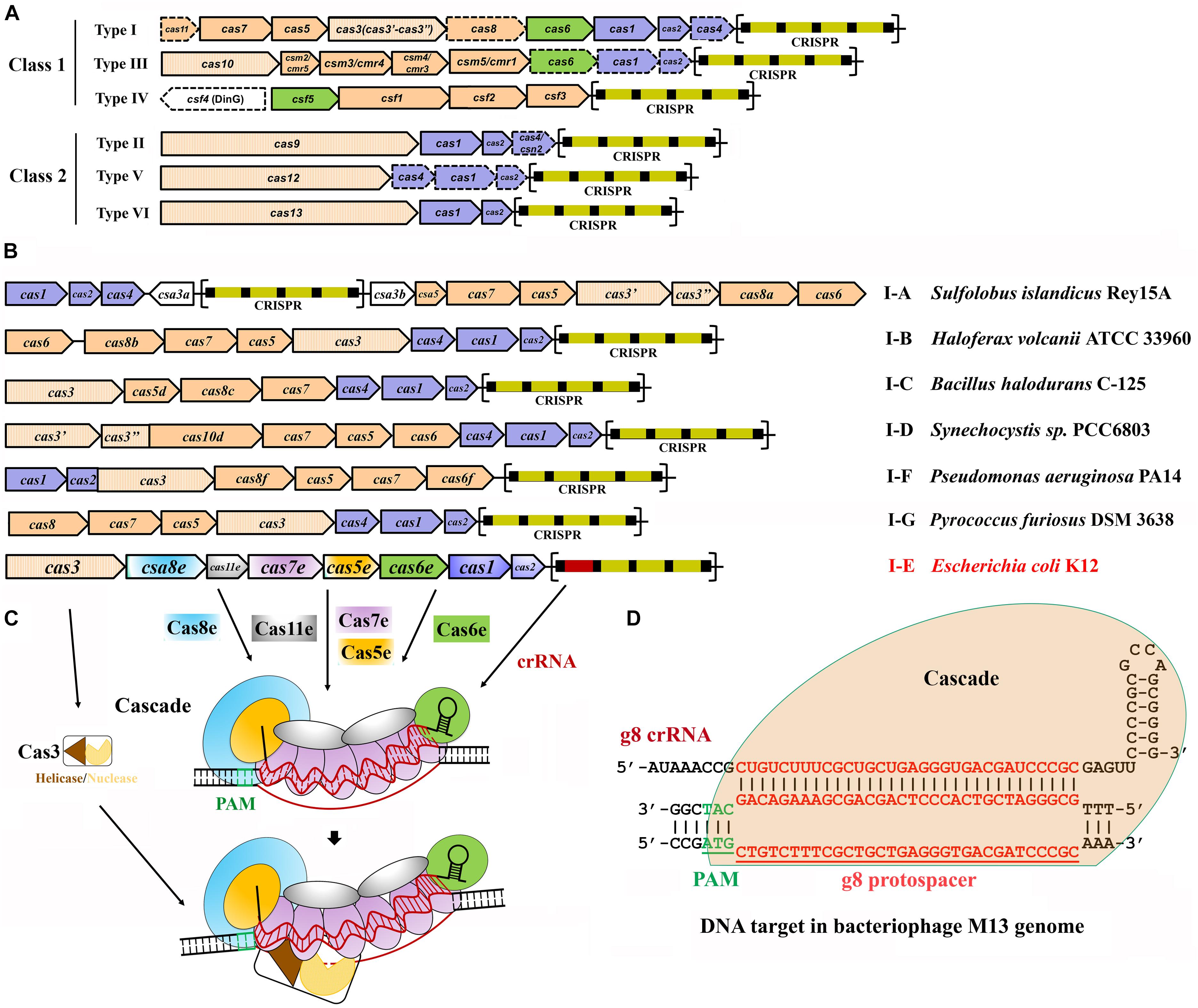



Frontiers Endogenous Type I Crispr Cas From Foreign Dna Defense To Prokaryotic Engineering Bioengineering And Biotechnology
Cas13a, a type VIA CRISPRCas RNAguided RNA ribonuclease, degrades invasive RNAs targeted by CRISPR RNA (crRNA) and has potential applications in RNA technology To understand how Cas13a is activated to cleave RNA, we have determined the crystal structure of Leptotrichia buccalis (Lbu) Cas13a bounAn escape phenotype (Fig 1B and Fig S2B), indicating that per fect base pairing of only this part of crRNA (denoted "seed sequence") with the corresponding part of the protospacer (denoted "seed region") as well as an intact PAM sequence are required for interference by the E coli subtype CRISPR/ Cas system As a widespread prokaryotic adaptive immune system, CRISPRCas (Clustered Regularly Interspaced Short Palindromic Repeats/CRISPRassociated) systems target and cleave genetic material of viruses
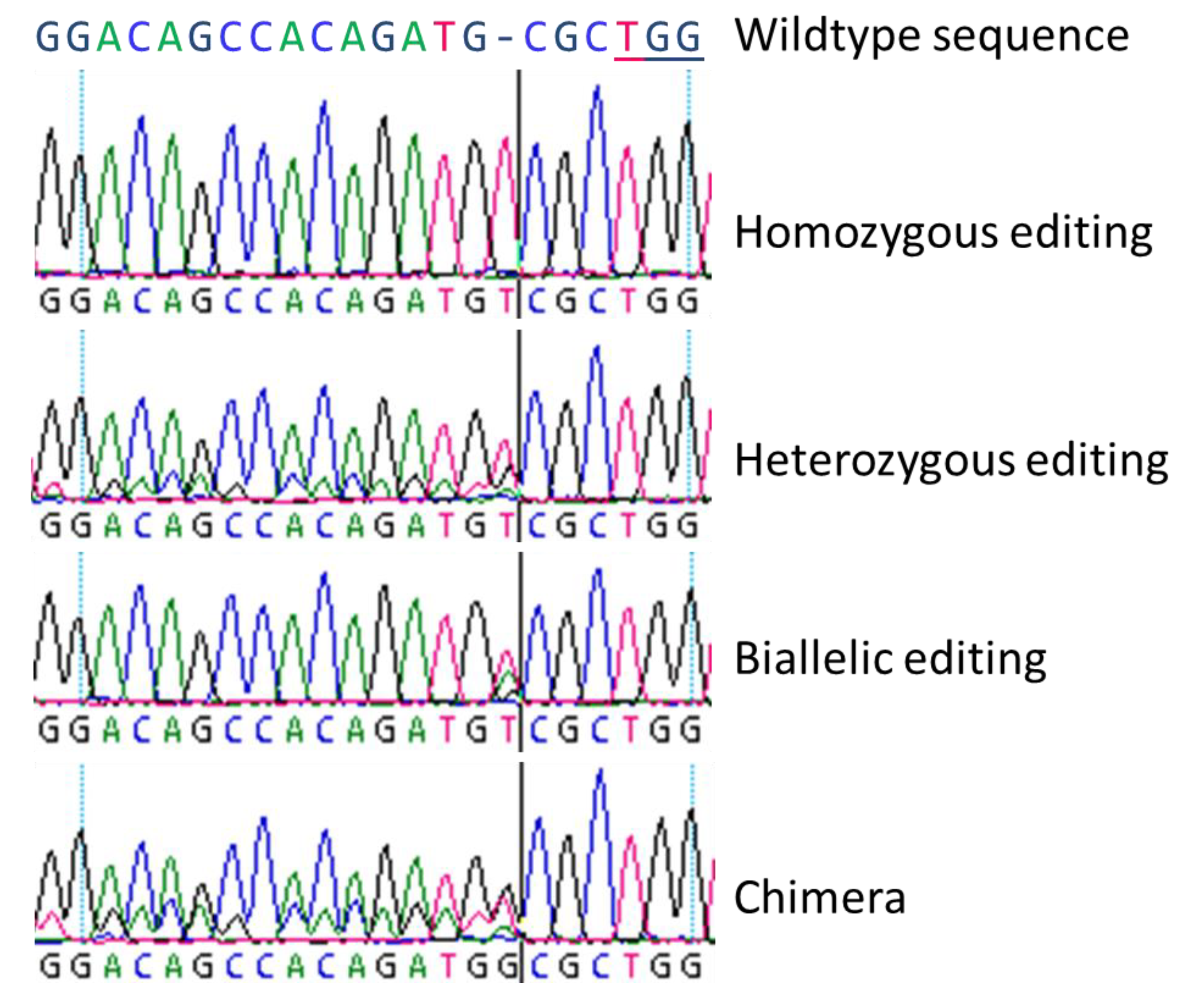



Ijms Free Full Text Evaluating The Efficiency Of Grnas In Crispr Cas9 Mediated Genome Editing In Poplars Html




Progress And Challenges Development And Implementation Of Crispr Cas9 Technology In Filamentous Fungi Sciencedirect
The Caenorhabditis elegans Gene Knockout Consortium is tasked with obtaining null mutations in each of the more than ,000 open reading frames (ORFs) of this organism To date, approximately 15,000 ORFs have associated putative null alleles As there has been substantial success in using CRISPR/Cas9 in C elegans , this appears to be the most promising technique toSee also Fig S2C and Table S2) TheColi subtype CRISPR/Cas system, the requirements for crRNA match ing are strict only for a sevennucleotide seed region of a protospa cer immediately following the essential protospaceradjacent motif Mutations in the seed region abolish CRISPR/Cas mediated immunity by reducing the binding affinity of the crRNAguided Cascade complex to
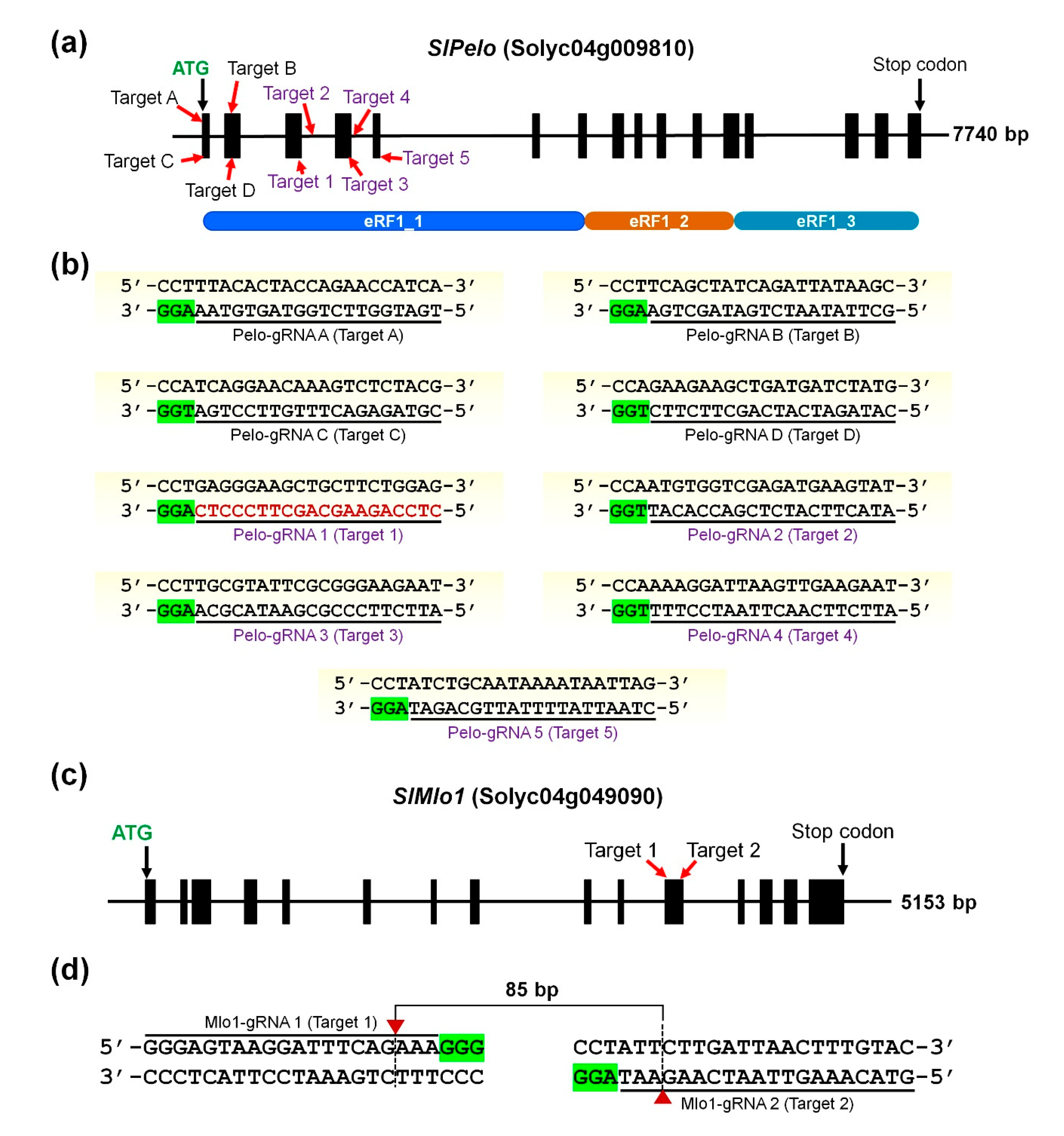



Ijms Free Full Text Crispr Cas9 Mediated Generation Of Pathogen Resistant Tomato Against Tomato Yellow Leaf Curl Virus And Powdery Mildew Html




Crispr Plant
CRISPR/Cas9 is a versatile genomeediting technology that is widely used for studying the functionality of genetic elements, creating genetically modified organisms as well as preclinical research of genetic disorders However, the high frequency of offtarget activity (≥50%)—RGEN (RNAguided endonuclease)induced mutations at sites other than the intended CRISPRCas12a DNA cleavage patterns, as evaluated in a quantitative kinetics study, suggest that the less frequently used Cas12a enzyme has greater target specificity than the more popular Cas9 All gRNAs containing UUUU in the guide sequence had been preselected for exclusion from our analysis Furthermore, recent work suggested that three repetitive uracils (UUU) in the seed region of the guide sequence could be responsible for decreased CRISPR activity Thus, a more stringent assessment was applied to evaluate the impact of potential transcription ending




Real Time Observation Of Target Search By The Crispr Surveillance Complex Cascade Sciencedirect




Crispr Cas9 Gene Editing Applications
Step 1 Provide an RNA sequence to target Input an RNA/cDNA sequence that users want to target in FASTA format into the Step 2 Choose the reference transcriptome Select a reference transcriptome from the dropdown menu custom Users can Step 3 Describe the PFS and crRNA requirements PFSMany bacterial clustered regularly interspaced short palindromic repeats (CRISPR)–CRISPRassociated (Cas) systems employ the dual RNA–guided DNA endonuclease Cas9 to defend against invading phages and conjugative plasmids by introducing sitespecific doublestranded breaks in "The current CRISPR systems can only do either genome editing or gene activation to turn up a gene's function, but the CRISPRCombo systems can do both at the same time CRISPRCombo represents a powerful tool to facilitate




Crispr Diagnosis And Therapeutics With Single Base Pair Precision Trends In Molecular Medicine




Interference By Clustered Regularly Interspaced Short Palindromic Repeat Crispr Rna Is Governed By A Seed Sequence Pnas




The Crispr Cas9 System For Plant Genome Editing And Beyond Sciencedirect
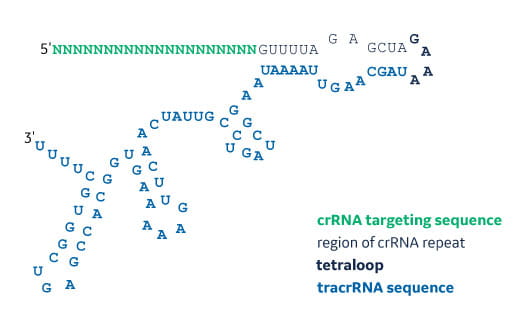



Synthetic Sgrna For Crispr Cas9 Experiments




Crispr Guard Protects Off Target Sites From Cas9 Nuclease Activity Using Short Guide Rnas Nature Communications
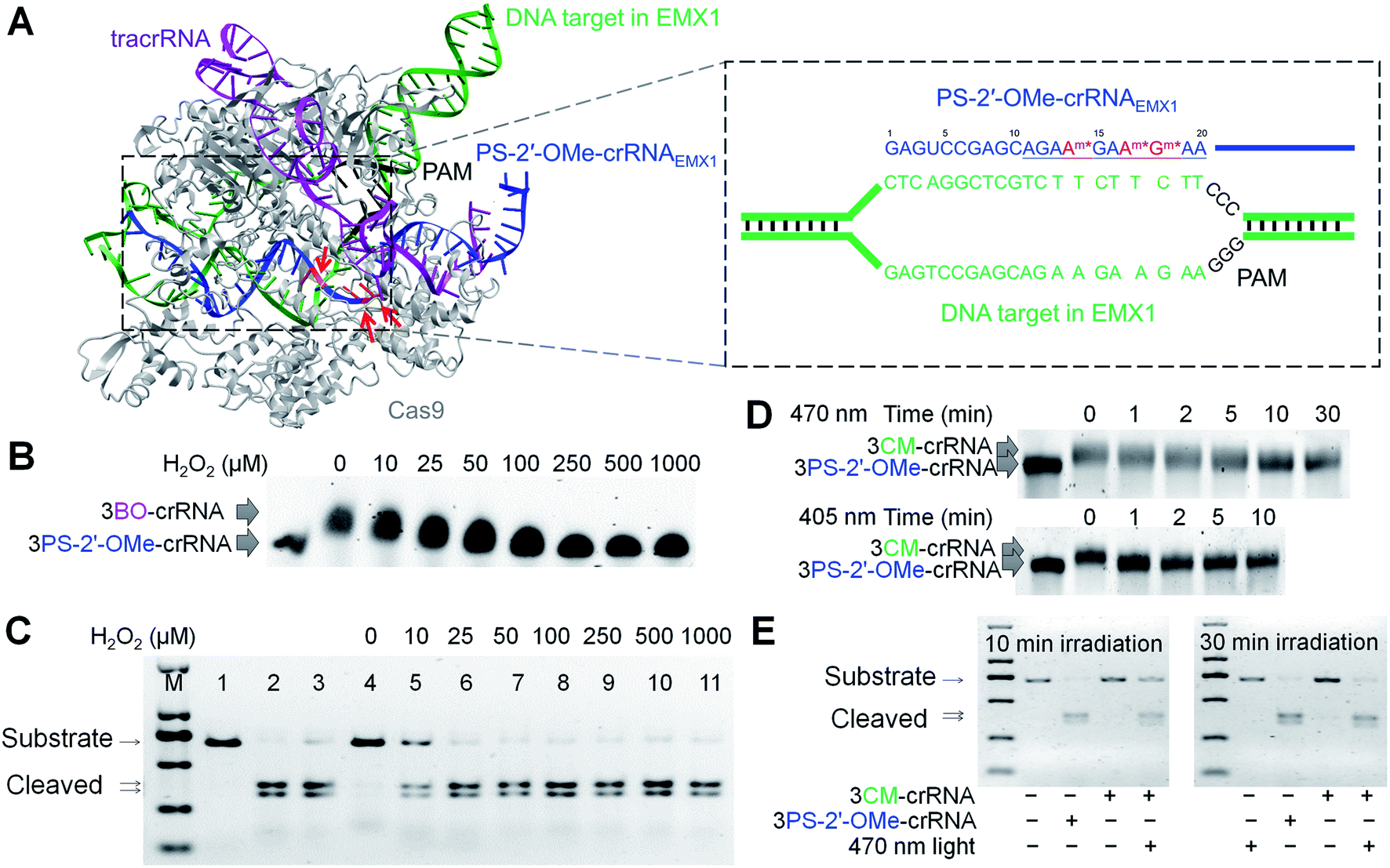



Chemical Synthesis Of Stimuli Responsive Guide Rna For Conditional Control Of Crispr Cas9 Gene Editing Chemical Science Rsc Publishing
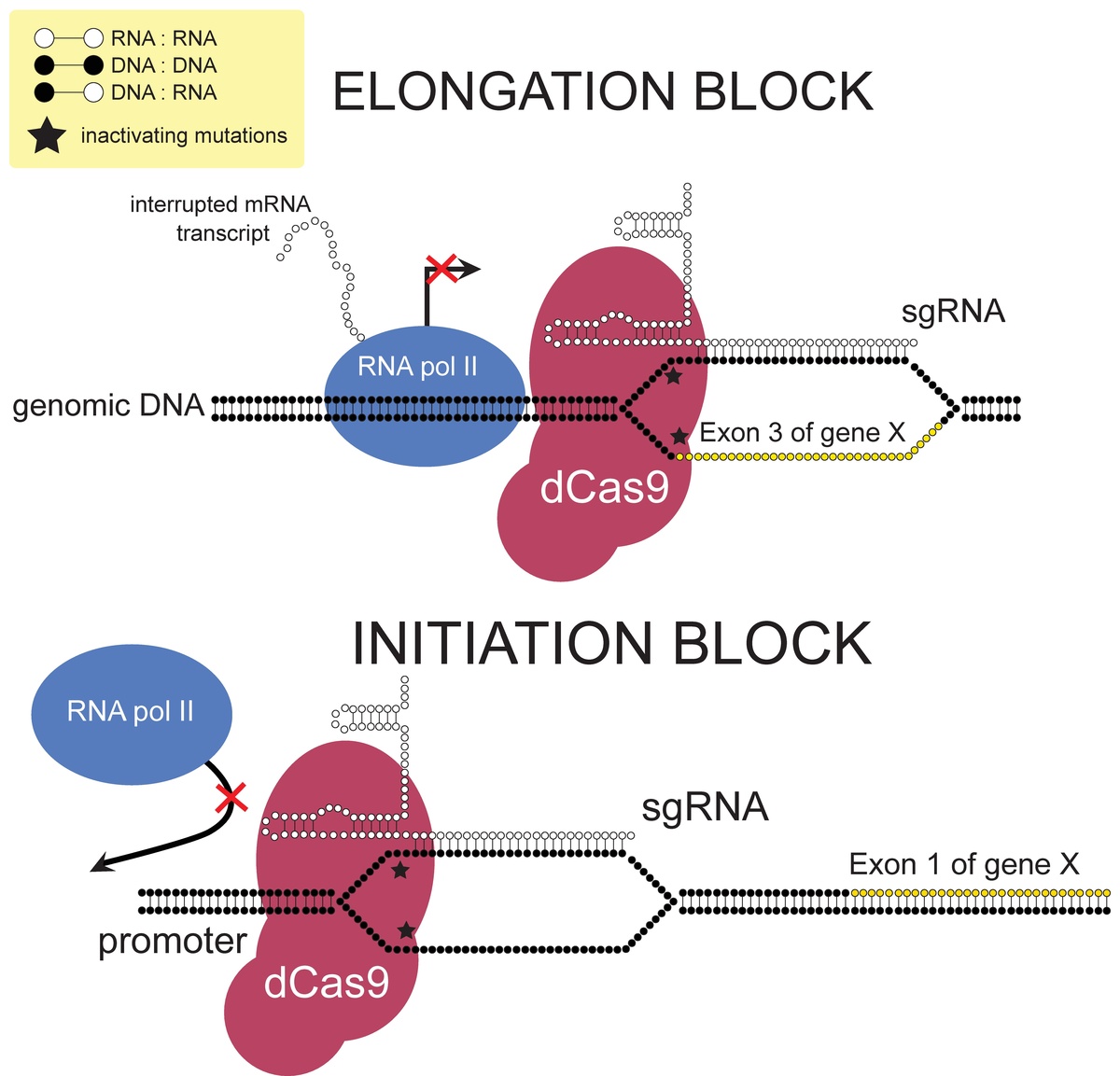



Crispr Interference Wikipedia



Full Article Defining The Seed Sequence Of The Cas12b Crispr Cas Effector Complex
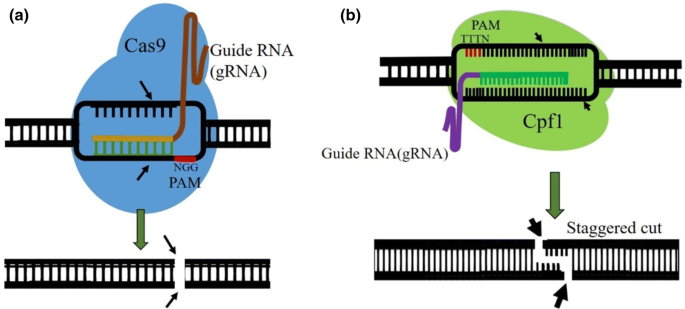



Crispr Cas9 System For Genome Engineering Of Photosynthetic Microalgae Springerlink
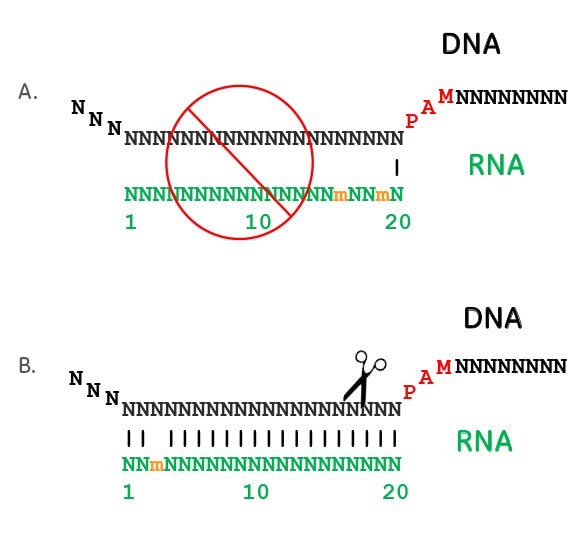



Crispr Cas9 Guide Rna Specificity




Crispr Cas9 System A Bacterial Tailor For Genomic Engineering



Www Pnas Org Content Early 15 11 13 Full Pdf




Crispr Cas9 Cleavage Efficiency Correlates Strongly With Target Sgrna Folding Stability From Physical Mechanism To Off Target Assessment Scientific Reports
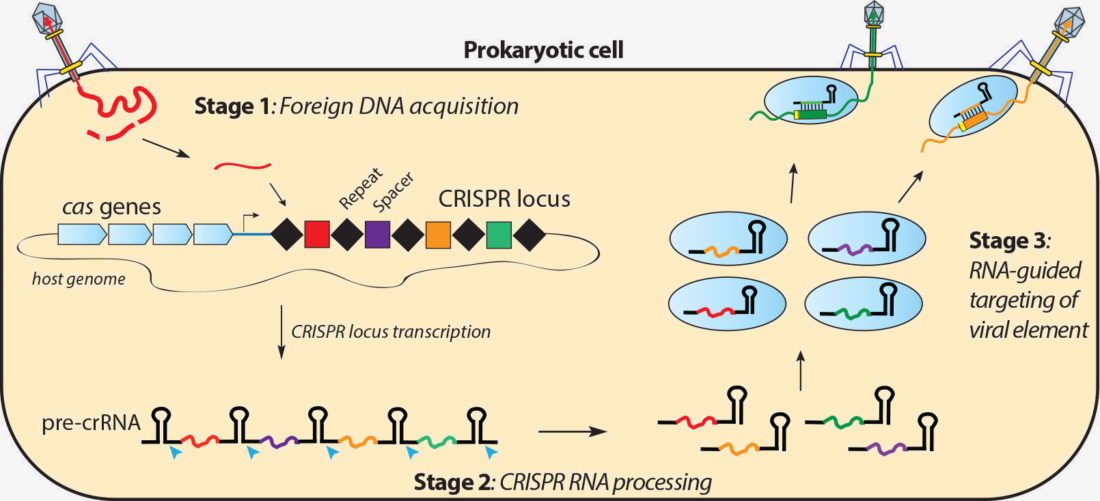



Crispr Systems Doudna Lab




Off Target Effects In Crispr Cas9 Mediated Genome Engineering Sciencedirect




Using Crispr For Allergy And Asthma Sean N Parker Center For Allergy Asthma Research Stanford Medicine




Addgene Crispr Guide




Crispr Cas9 Methodology For The Generation Of Knockout Deletions In Caenorhabditis Elegans G3 Genes Genomes Genetics




Overview Of The Crispr Cas9 Mechanism Of Action A Crispr Cas Download Scientific Diagram



Crispr Rt




Genome Modification By Crispr Cas9 Ma 14 The Febs Journal Wiley Online Library




Frontiers Data Mining By Pluralistic Approach On Crispr Gene Editing In Plants Plant Science
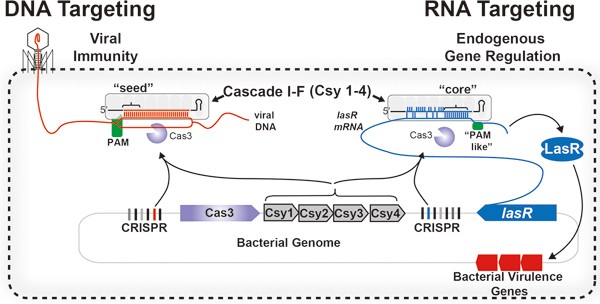



Crispr Control Of Virulence In Pseudomonas Aeruginosa Cell Research
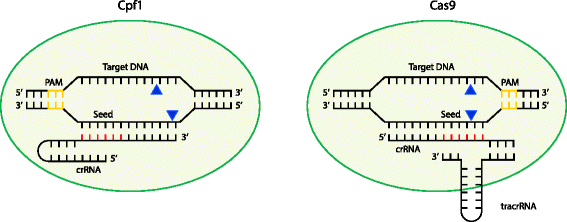



The Cpf1 Crispr Cas Protein Expands Genome Editing Tools Genome Biology Full Text



1
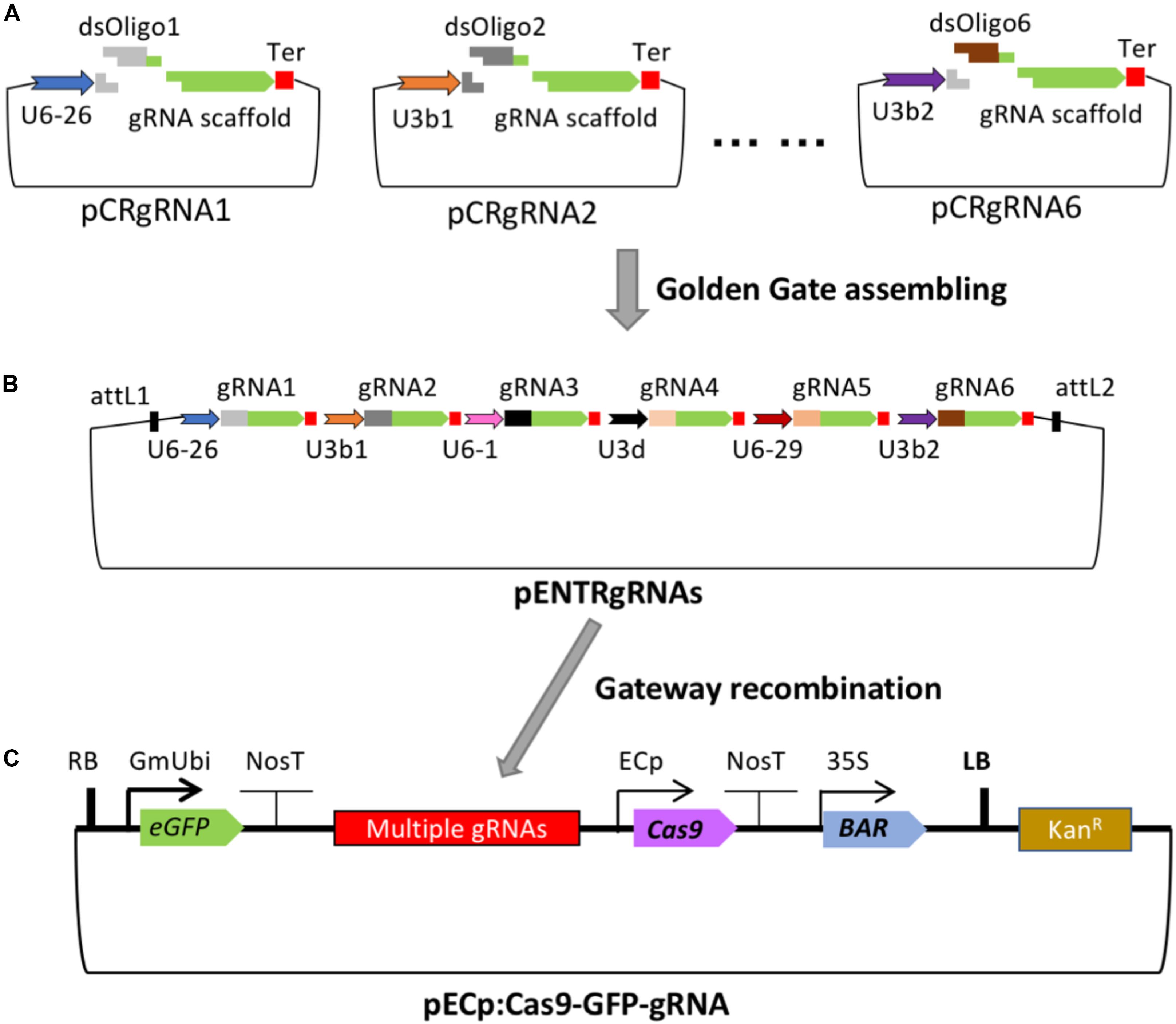



Frontiers Crispr Cas9 Based Gene Editing Using Egg Cell Specific Promoters In Arabidopsis And Soybean Plant Science




Computational Approaches For Effective Crispr Guide Rna Design And Evaluation Sciencedirect




Off Target Effects In Crispr Cas9 Mediated Genome Engineering Sciencedirect




Computational Approaches For Effective Crispr Guide Rna Design And Evaluation Sciencedirect




Addgene Crispr Guide
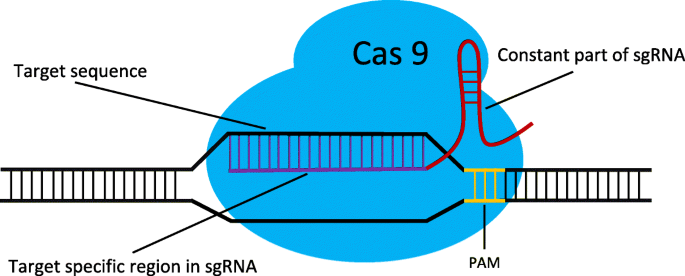



Offscan A Universal And Fast Crispr Off Target Sites Detection Tool Bmc Genomics Full Text




The Biology Of Native And Adapted Crispr Cas Systems Journal Of Young Investigators




Single Base Resolution Increasing The Specificity Of The Crispr Cas System In Gene Editing Molecular Therapy




Off Target Genome Editing Wikipedia
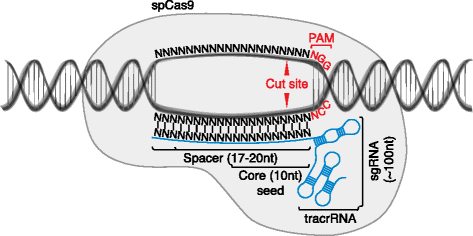



Resources For The Design Of Crispr Gene Editing Experiments Genome Biology Full Text



Team Cu Boulder Project Modeling 14 Igem Org




Addgene Crispr Plasmids Double Strand Break Cut
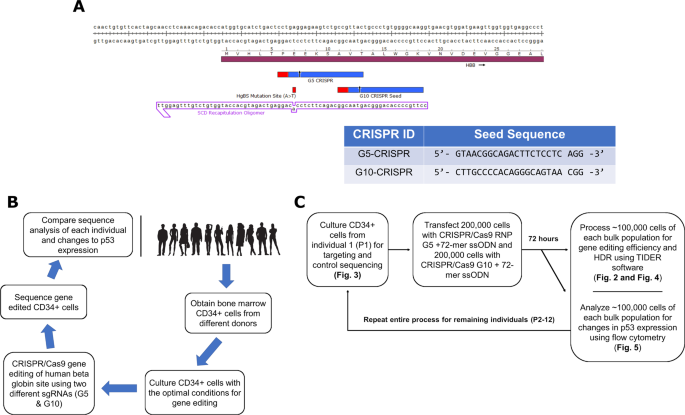



Precise And Error Prone Crispr Directed Gene Editing Activity In Human Cd34 Cells Varies Widely Among Patient Samples Gene Therapy
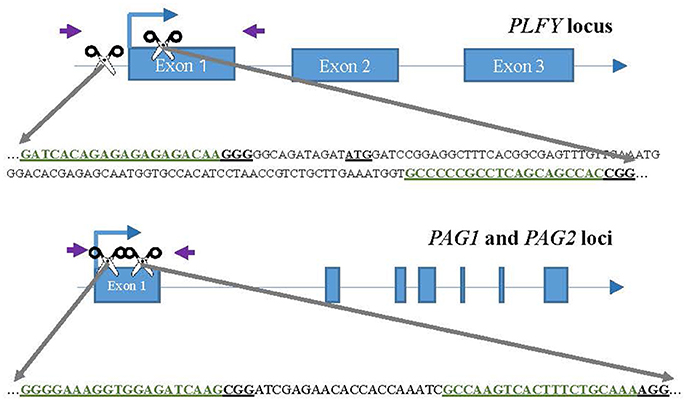



Frontiers Variation In Mutation Spectra Among Crispr Cas9 Mutagenized Poplars Plant Science



1
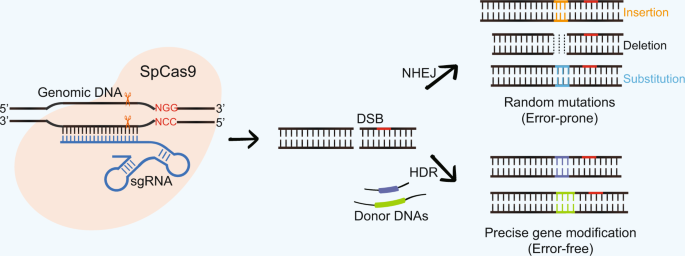



Crispr Technology Is Revolutionizing The Improvement Of Tomato And Other Fruit Crops Horticulture Research




Frontiers Crispr Cas9 Genome Editing Technology A Valuable Tool For Understanding Plant Cell Wall Biosynthesis And Function Plant Science




Off Switch During Error Prone Cell Cycle Phase May Fix Crispr S Unwanted Changes Problem Seed World



Plos One Crispr Cas9 Mediated Phage Resistance Is Not Impeded By The Dna Modifications Of Phage T4




Crispr Cas9 Platforms For Genome Editing In Plants Developments And Applications Molecular Plant
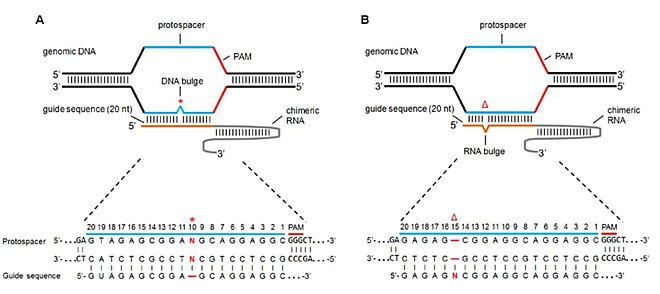



Off Target Genome Editing Wikipedia




Crispr Cas Systems In Genome Editing Methodologies And Tools For Sgrna Design Off Target Evaluation And Strategies To Mitigate Off Target Effects Manghwar Advanced Science Wiley Online Library
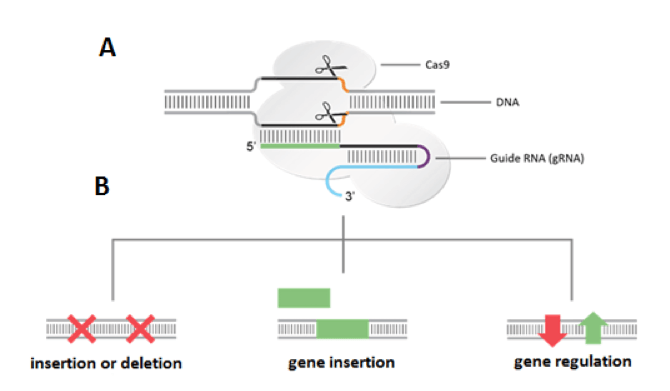



Researchers Employing Crispr For Soybean Advancement Research Highlight Soybean Research Information Network Srin




Crispr Cas9 Cloning Kay Hanggi




Addgene Crispr Guide
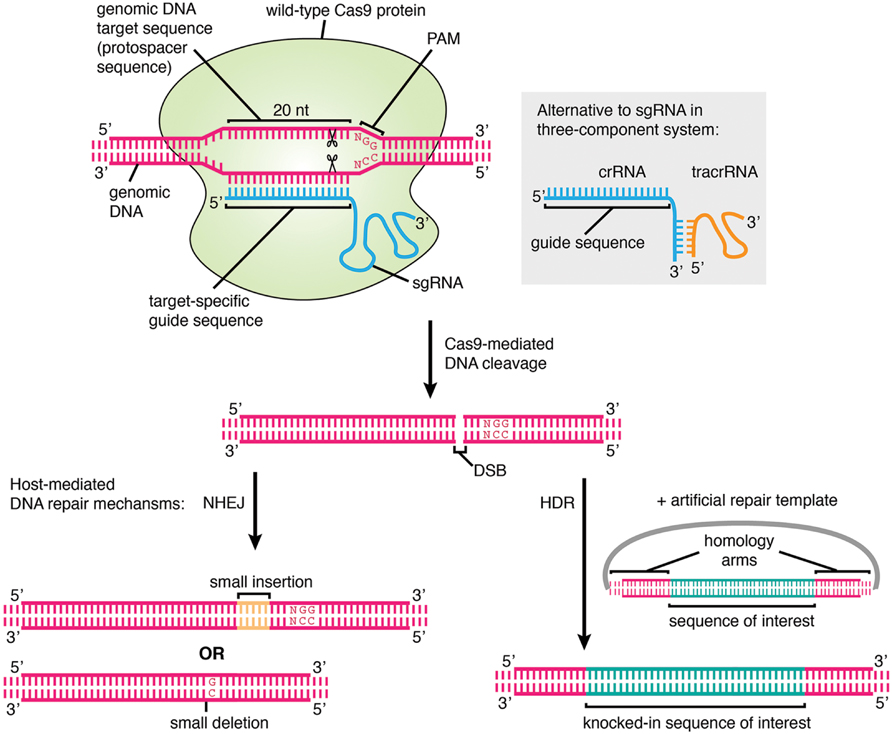



Frontiers A New Age In Functional Genomics Using Crispr Cas9 In Arrayed Library Screening Genetics



Crispr Cas




Addgene Crispr Guide




Rna Guided Genome Editing In Plants Using A Crispr Cas System Molecular Plant




The Magic Cut On Target Dna By Crispr Cas9 Bioscope




Protein Engineering Strategies To Expand Crispr Cas9 Applications
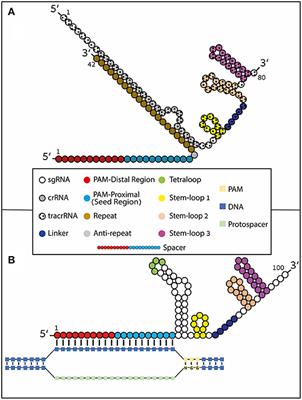



Frontiers Using Synthetically Engineered Guide Rnas To Enhance Crispr Genome Editing Systems In Mammalian Cells Genome Editing




Design Principle Of A Crispr Cas9 Expression Vector For Construction Download Scientific Diagram
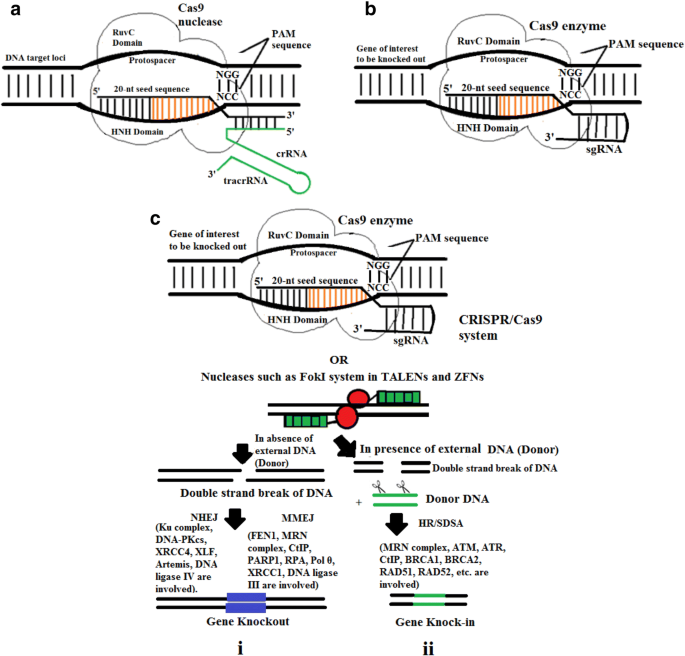



Genome Editing Of Potato Using Crispr Technologies Current Development And Future Prospective Springerlink
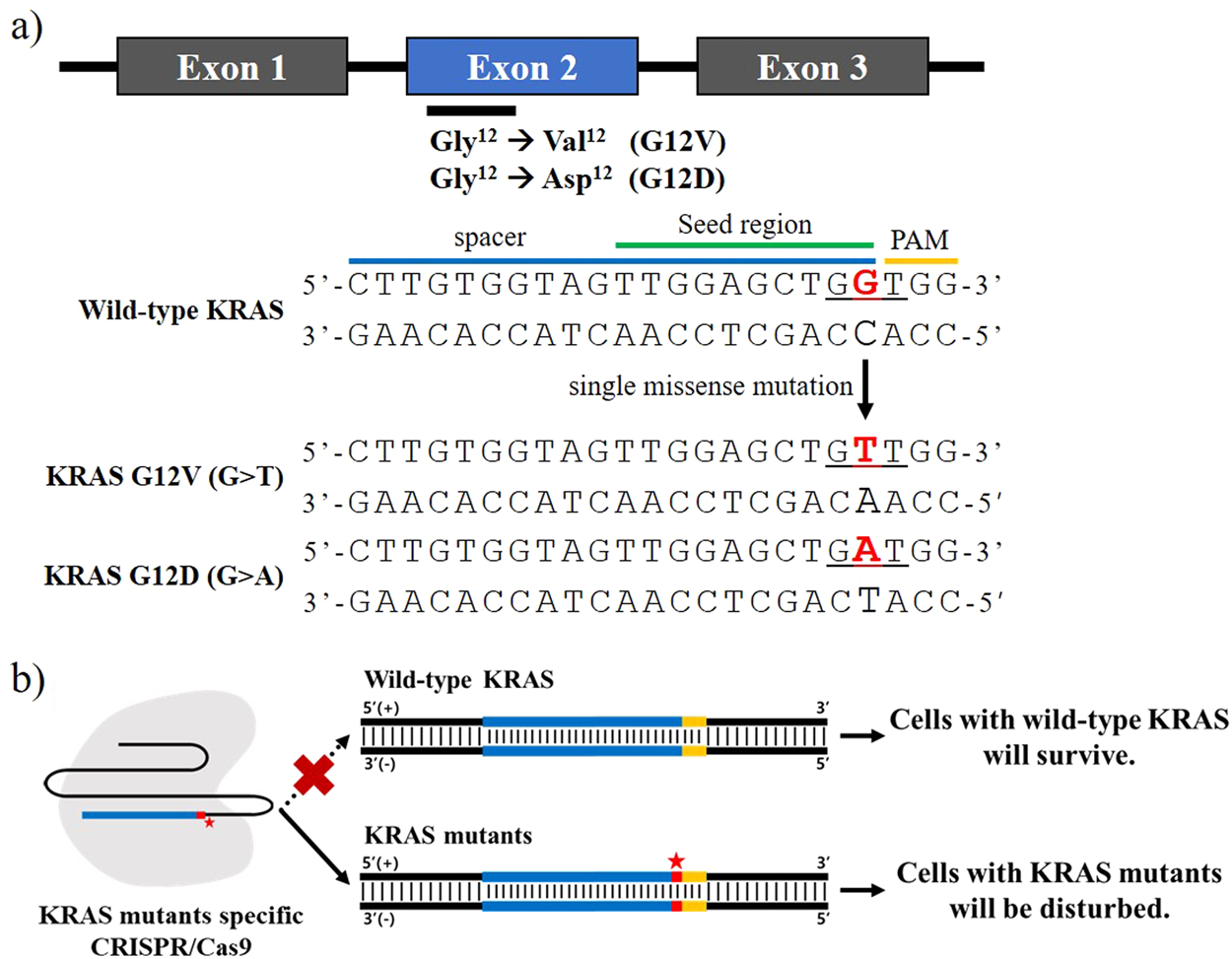



Selective Targeting Of Kras Oncogenic Alleles By Crispr Cas9 Inhibits Proliferation Of Cancer Cells Scientific Reports




High Throughput Assay For Nicking And Cleavage By Crispr Cas Download Scientific Diagram
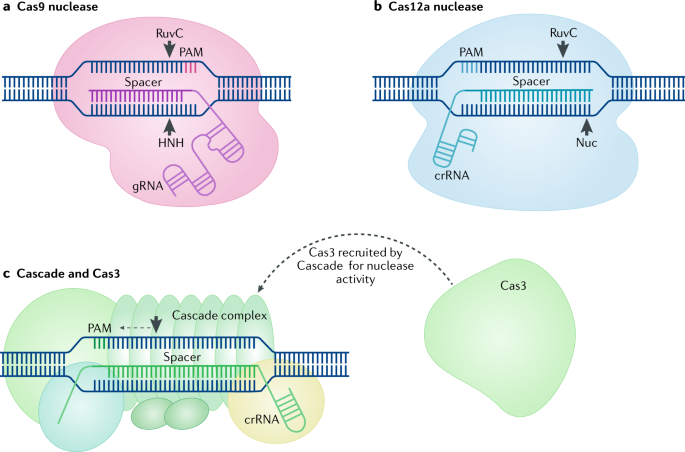



The Next Generation Of Crispr Cas Technologies And Applications Nature Reviews Molecular Cell Biology



Crispr Rt
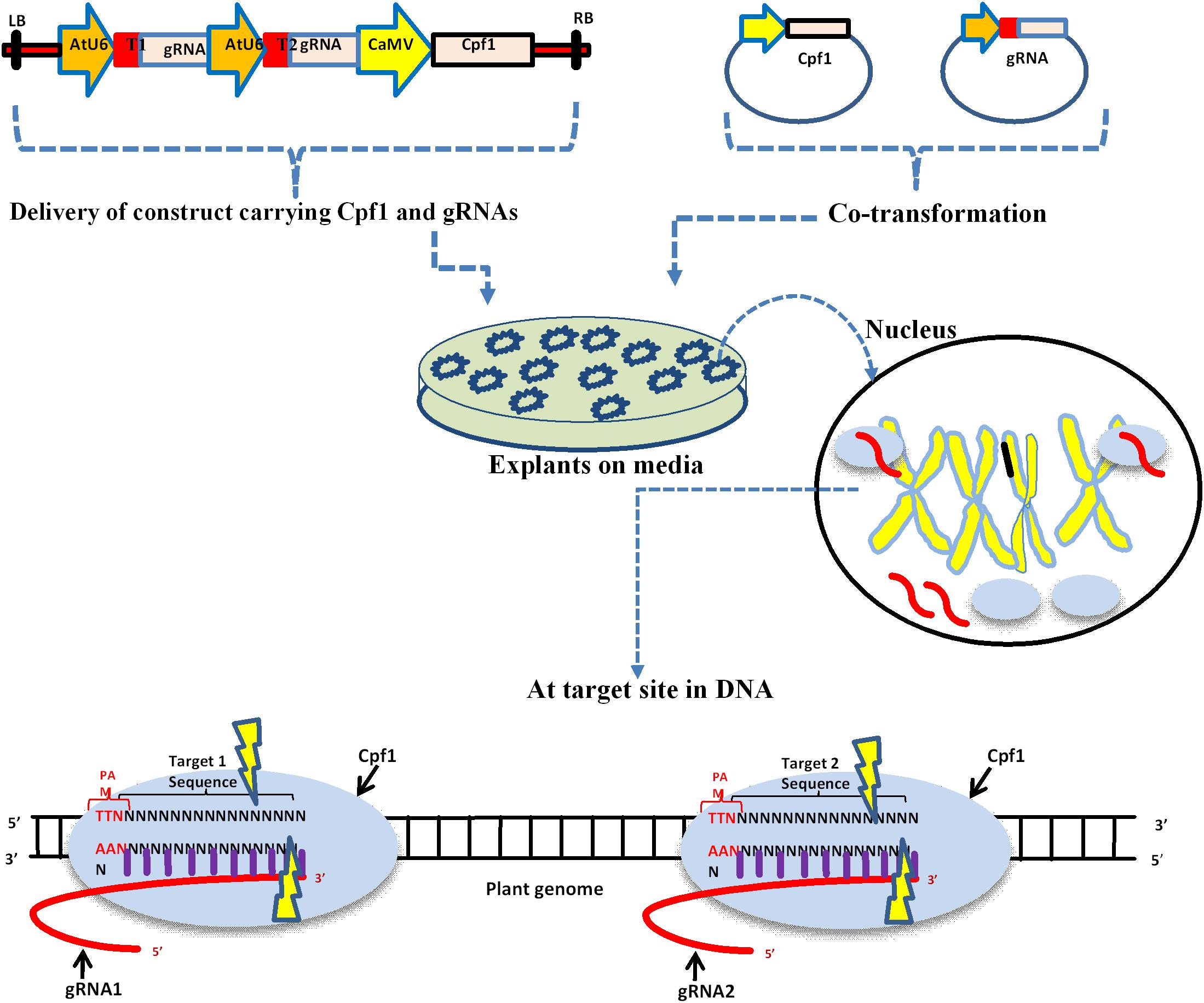



Frontiers The Rise Of The Crispr Cpf1 System For Efficient Genome Editing In Plants Plant Science




Crispr Cas9 Abm Inc
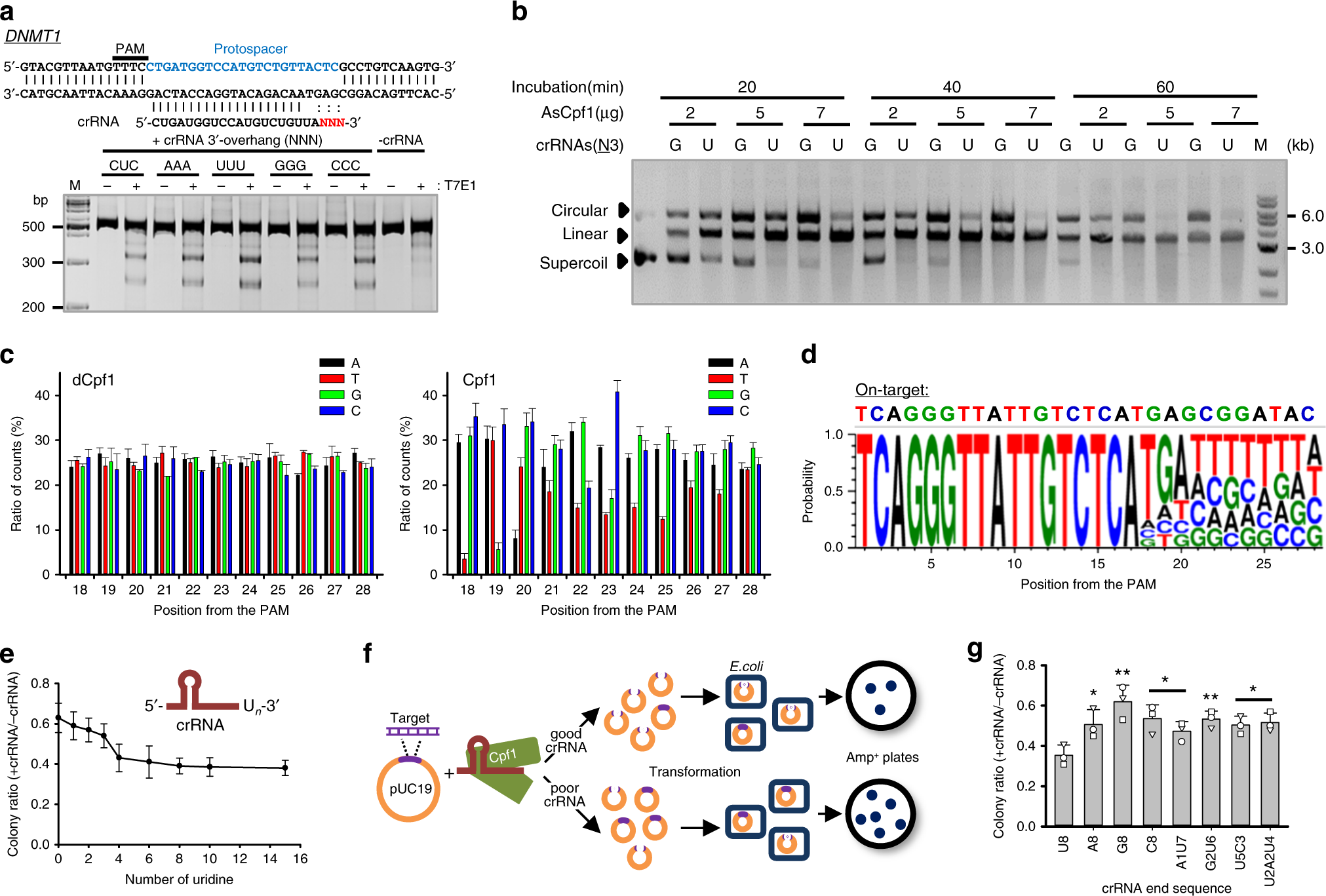



Highly Efficient Genome Editing By Crispr Cpf1 Using Crispr Rna With A Uridinylate Rich 3 Overhang Nature Communications




Addgene Crispr Guide




Addgene Crispr Guide
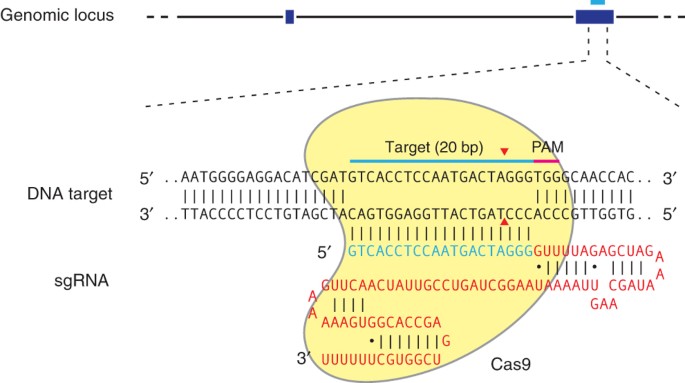



Genome Engineering Using The Crispr Cas9 System Nature Protocols
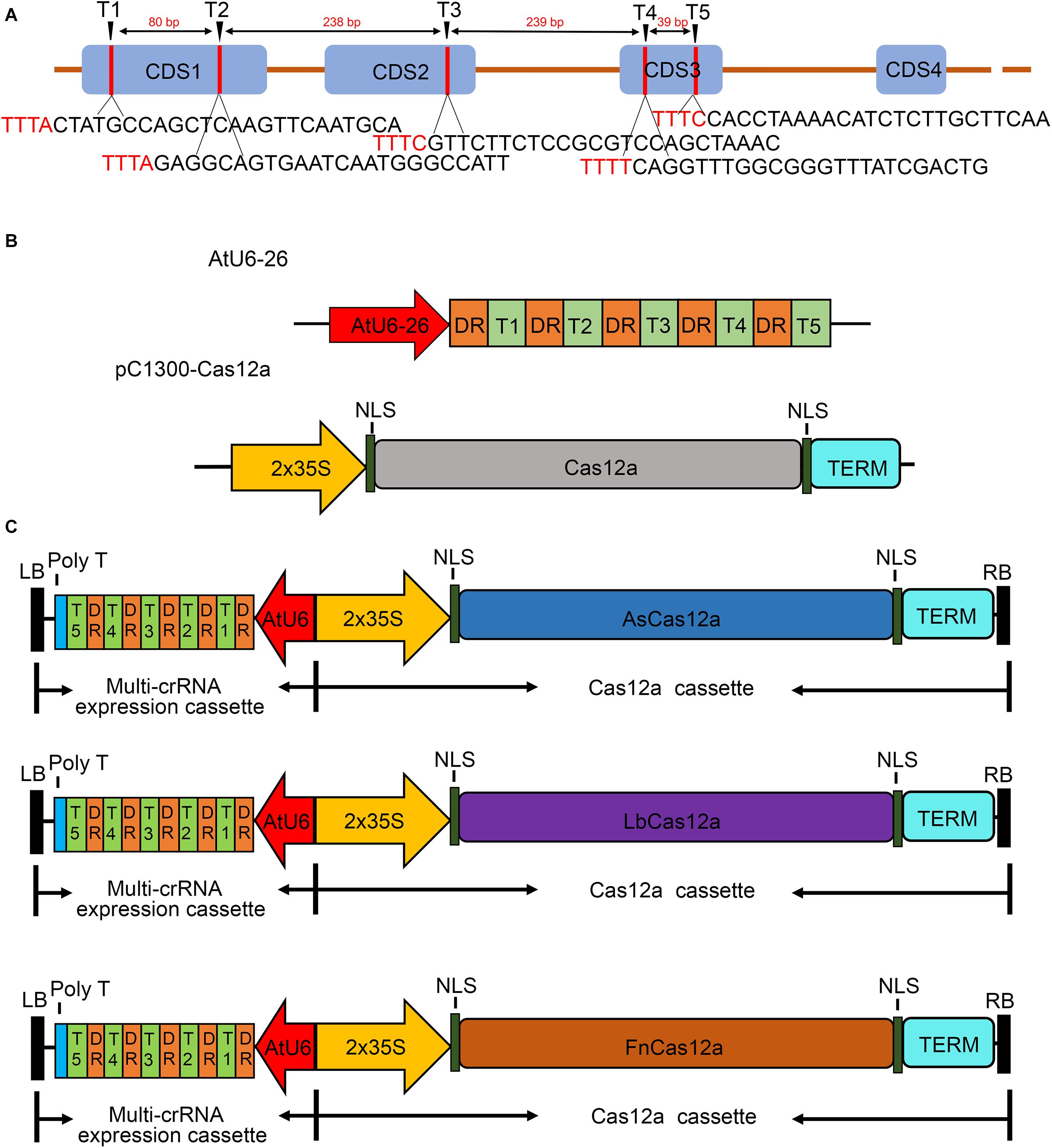



Frontiers Efficient Genome Editing In Populus Using Crispr Cas12a Plant Science




Crispr Cas System Recent Advances And Future Prospects For Genome Editing Trends In Plant Science



Academic Oup Com G3journal Article Pdf 9 1 287 G3journal0287 Pdf




The Complete Guide To Understanding Crispr Sgrna
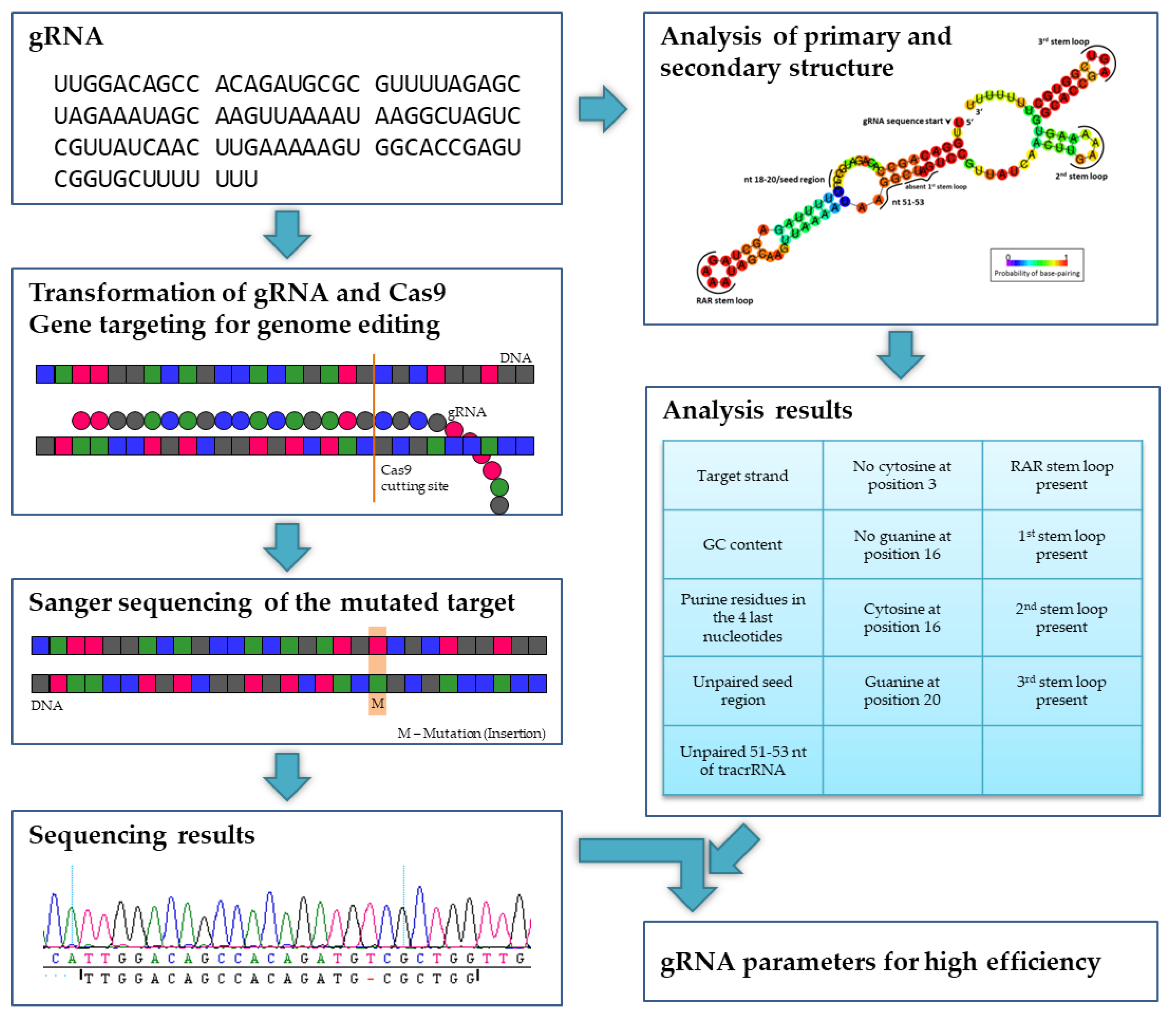



Ijms Free Full Text Evaluating The Efficiency Of Grnas In Crispr Cas9 Mediated Genome Editing In Poplars Html



1




Expanding The Crispr Cas9 Toolbox For Gene Engineering In S Cerevisiae Springerlink



1




Enhancement Of Target Specificity Of Crispr Cas12a By Using A Chimeric Dna Rna Guide Biorxiv




Crispr Cas12a More Precise Than Crispr Cas9




One Or Two Mismatches In The Seed Can Be Tolerated For Crispr Activity Download Scientific Diagram




New Variants Of Crispr Rna Guided Genome Editing Enzymes Murovec 17 Plant Biotechnology Journal Wiley Online Library




Crispr Cas Systems In Genome Editing Methodologies And Tools For Sgrna Design Off Target Evaluation And Strategies To Mitigate Off Target Effects Manghwar Advanced Science Wiley Online Library



0 件のコメント:
コメントを投稿